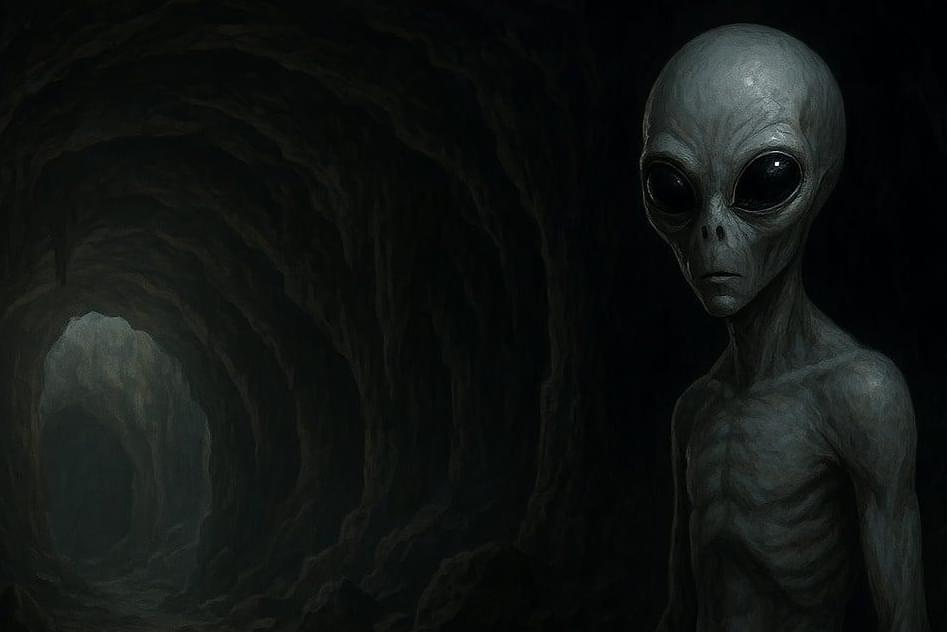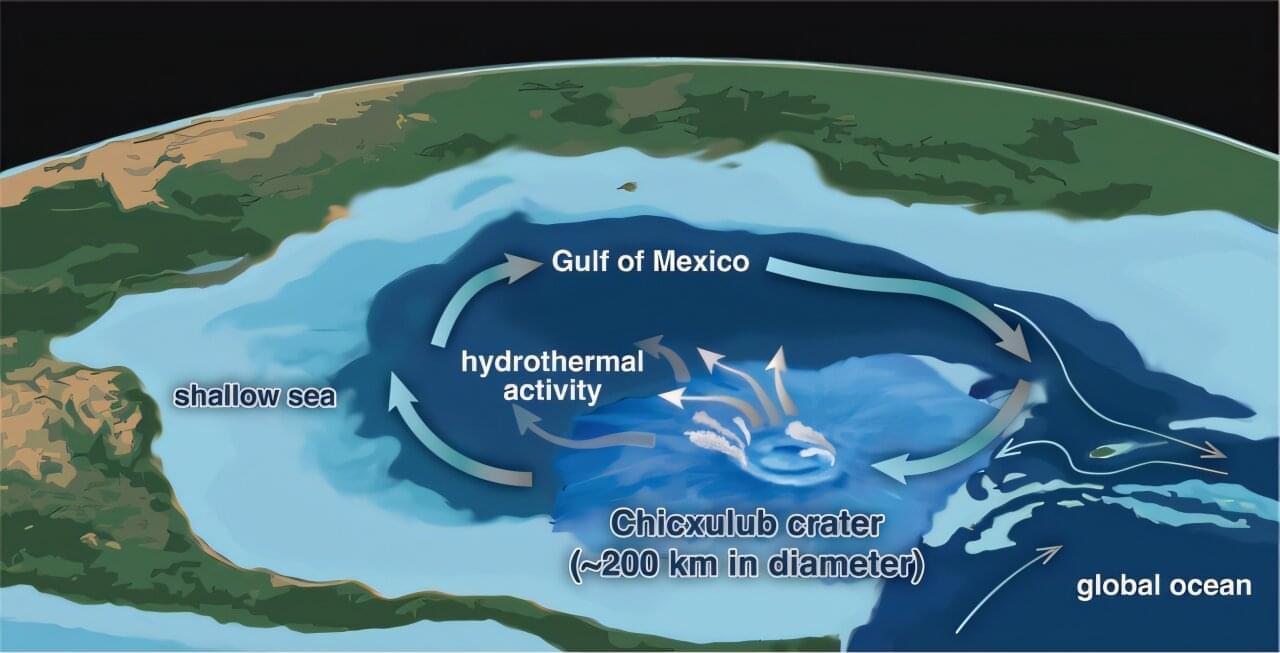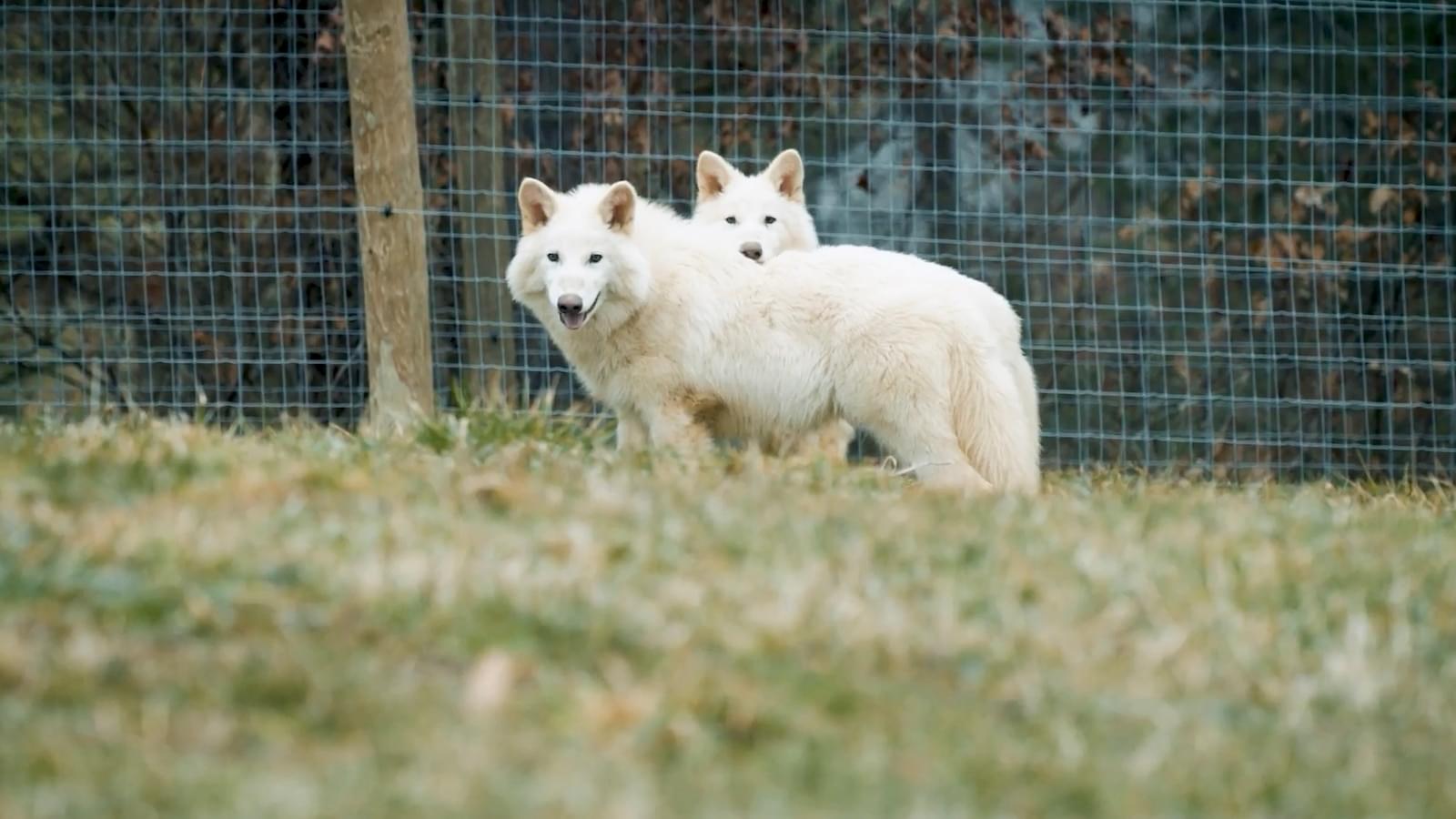How likely is it that we live in a simulation? Are virtual worlds real?
In this first episode of the 2nd Series we delve into the fascinating topic of virtual reality simulations and the extraordinary possibility that our universe is itself a simulation. For thousands of years some mystical traditions have maintained that the physical world and our separated ‘selves’ are an illusion, and now, only with the development of our own computer simulations and virtual worlds have scientists and philosophers begun to assess the statistical probabilities that our shared reality could in fact be some kind of representation rather than a physical place.
As we become more open to these possibilities, other difficult questions start to come into focus. How can we create a common language to talk about matter and energy, that bridges the simulated and simulating worlds. Who could have created such a simulation? Could it be an artificial intelligence rather than a biological or conscious being? Do we have ethical obligations to the virtual beings we interact with in our virtual worlds and to what extent are those beings and worlds ‘real’? The list is long and mind bending.
Fortunately, to untangle our thoughts on this, we have one of the best known philosophers of all things mind bending in the world, Dr. David Chalmers; who has just released a book ‘Reality+: virtual worlds and the problems of philosophy’ about this very topic. Dr. Chalmers is an Australian philosopher and cognitive scientist specialising in the areas of philosophy of mind and philosophy of language. He is a Professor of Philosophy and Neuroscience at New York University, as well as co-director of NYU’s Center for Mind, Brain and Consciousness. He’s the founder of the ‘Towards a Science of Consciousness Conference’ at which he coined the term in 1994 The Hard Problem of Consciousness, kicking off a renaissance in consciousness studies, which has been increasing in popularity and research output ever since.
Donate here: https://www.chasingconsciousness.net/episodes.
What we discuss in this episode:
00:00 Short Intro.
06:00 Synesthesia.
08:27 The science of knowing the nature of reality.
11:02 The Simulation Hypothesis explained.
15:25 The statistical probability evaluation.
18:00 Knowing for sure is beyond the reaches of science.
19:00 You’d only have to render the part you’re interacting with.
20:00 Clues from physics.
22:00 John Wheeler — ‘It from bit’
23:32 Eugene Wigner: measurement as a conscious observation.
27:00 Information theory as a useful but risky hold-all language tool.
34:30 Virtual realities are real and virtual interactions are meaningful.
37:00 Ethical approaches to Non-player Characters (NPC’s) and their rights.
38:45 Will advanced AI be conscious?
42:45 Is god a hacker in the universe up? Simulation Theology.
44:30 Simulation theory meets the argument for the existence of God from design.
51:00 The Hard problem of consciousness applies to AI too.
55:00 Testing AI’s consciousness with the Turing test.
59:30 Ethical value applied to immoral actions in virtual worlds.
References:



